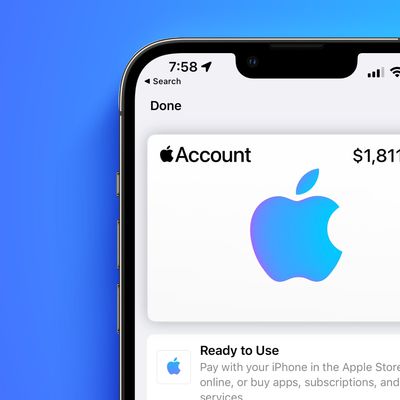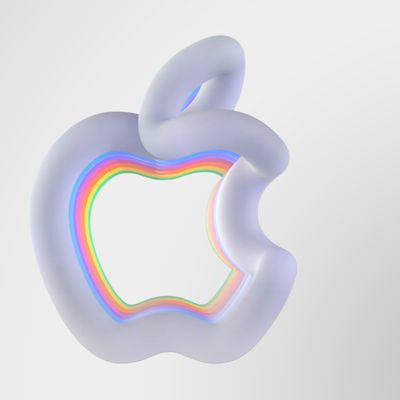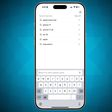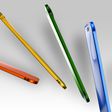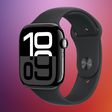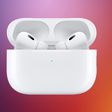Apple's New Fusion Drive Works on Older Macs
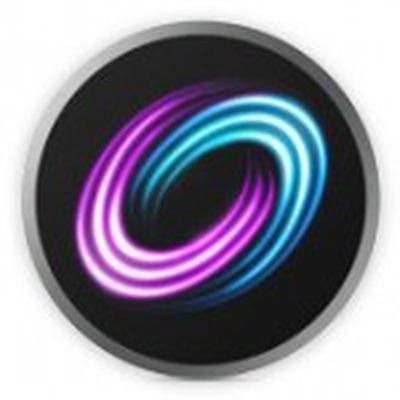 One of the interesting additions to Apple's iMac and Mac mini lines announced last week is Fusion Drive, a hybrid storage system that combines a 128 GB solid-state drive (SSD) with a 1 TB or 3 TB traditional hard drive into a single volume to offer the best of both worlds in terms of performance and storage space. Apple's software automatically manages the combined volume, placing the core system and other frequently used applications and files on the solid-state drive for faster access while keeping lower-priority applications and data on the traditional hard drive.
One of the interesting additions to Apple's iMac and Mac mini lines announced last week is Fusion Drive, a hybrid storage system that combines a 128 GB solid-state drive (SSD) with a 1 TB or 3 TB traditional hard drive into a single volume to offer the best of both worlds in terms of performance and storage space. Apple's software automatically manages the combined volume, placing the core system and other frequently used applications and files on the solid-state drive for faster access while keeping lower-priority applications and data on the traditional hard drive.
Mac developer Patrick Stein has been toying with his own Mac Pro setup and has managed to build his own Fusion Drive using command line tools. Stein configured an internal solid-state drive and a USB-attached traditional hard drive on his system and was able to combine them into a single logical volume as used for Fusion Drive.
Attached are a 120GB SSD (disk1) and a 750GB HDD (disk7) to my Mac. I attached the SSD via SATA to be sure that the system could figure out that it’s a SSD via SMART. The HDD is attached via USB. USB I chose to clearly see a difference in speed.
Stein then proceeded to test the setup, writing data first to the SSD and then to the traditional hard drive once the SSD had filled up. By preferentially accessing data that had initially been written to the traditional hard drive, Stein was able to watch as the data was automatically transferred to the SSD for faster access. Upon stopping the process, the system automatically pushed the data back to the traditional hard drive, and in one final step Stein began accessing the data once more and after about an hour was able to see it pulled back onto the SSD.
In several follow-up Tumblr posts, Stein details further explorations into how Fusion Drive works, noting that he was able to use not only the default HFS+ file system for OS X with it, but also ZFS. All of Stein's work was performed with a standard installation of OS X 10.8.2.
Popular Stories
Since the iPhone X in 2017, all of Apple's highest-end iPhone models have featured either stainless steel or titanium frames, but it has now been rumored that this design decision will be coming to an end with the iPhone 17 Pro models later this year.
In a post on Chinese social media platform Weibo today, the account Instant Digital said that the iPhone 17 Pro models will have an aluminum...
Apple is continuing to refine and update iOS 26, and beta three features smaller changes than we saw in beta 2, plus further tweaks to the Liquid Glass design. Apple is gearing up for the next phase of beta testing, and the company has promised that a public beta is set to come out in July.
Transparency
In some apps like Apple Music, Podcasts, and the App Store, Apple has toned down the...
In select U.S. states, residents can add their driver's license or state ID to the Wallet app on the iPhone and Apple Watch, providing a convenient and contactless way to display proof of identity or age at select airports and businesses, and in select apps.
Unfortunately, this feature continues to roll out very slowly since it was announced in 2021, with only nine U.S. states, Puerto Rico,...
Apple will launch its new iPhone 17 series in two months, and the iPhone 17 Pro models are expected to get a new design for the rear casing and the camera area. But more significant changes to the lineup are not expected until next year, when the iPhone 18 models arrive.
If you're thinking of trading in your iPhone for this year's latest, consider the following features rumored to be coming...
Apple is expanding the ability to add an Apple Account Card to the Wallet app to more countries, according to backend Apple Pay changes.
With iOS 15.5, Apple updated the Wallet app to allow users to add an Apple Account Card, which displays the Apple credit balance associated with an Apple ID.
If you receive an Apple gift card, for example, it is added to an Apple Account that is also...
Three out of four iPhone 17 models will feature more RAM than the equivalent iPhone 16 models, according to a new leak that aligns with previous rumors.
The all-new iPhone 17 Air, the iPhone 17 Pro, and the iPhone 17 Pro Max will each be equipped with 12GB of RAM, according to Fixed Focus Digital, an account with more than two million followers on Chinese social media platform Weibo. The...
Apple should unveil the iPhone 17 series in September, and there might be one bigger difference between the Pro and Pro Max models this year.
As always, the Pro Max model will be larger than the Pro model:iPhone 17 Pro: 6.3-inch display
iPhone 17 Pro Max: 6.9-inch displayGiven the Pro Max is physically larger than the Pro, it has more internal space, allowing for a larger battery and...
The calendar has turned to July, meaning that 2025 is now more than half over. And while the summer months are often quiet for Apple, the company still has more than a dozen products coming later this year, according to rumors.
Below, we have outlined at least 15 new Apple products that are expected to launch later this year, along with key rumored features for each.
iPhone 17 Series
iPho...
![]() One of the interesting additions to Apple's iMac and Mac mini lines announced last week is Fusion Drive, a hybrid storage system that combines a 128 GB solid-state drive (SSD) with a 1 TB or 3 TB traditional hard drive into a single volume to offer the best of both worlds in terms of performance and storage space. Apple's software automatically manages the combined volume, placing the core system and other frequently used applications and files on the solid-state drive for faster access while keeping lower-priority applications and data on the traditional hard drive.
One of the interesting additions to Apple's iMac and Mac mini lines announced last week is Fusion Drive, a hybrid storage system that combines a 128 GB solid-state drive (SSD) with a 1 TB or 3 TB traditional hard drive into a single volume to offer the best of both worlds in terms of performance and storage space. Apple's software automatically manages the combined volume, placing the core system and other frequently used applications and files on the solid-state drive for faster access while keeping lower-priority applications and data on the traditional hard drive.





